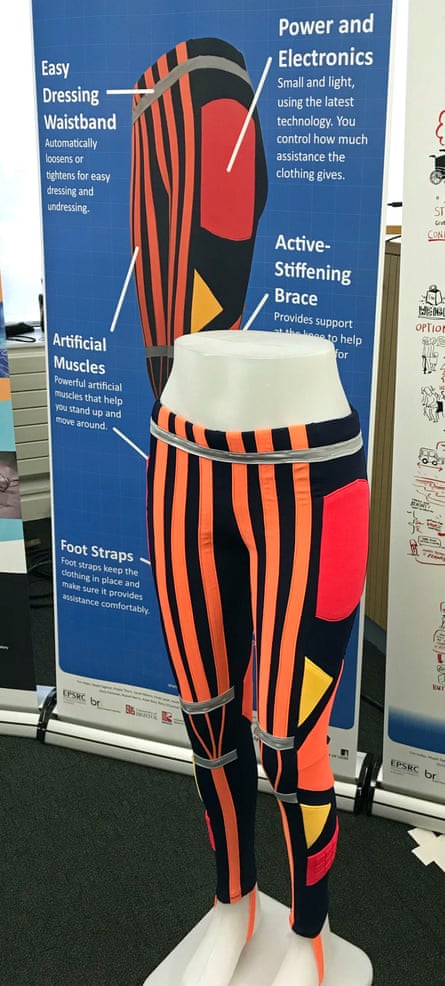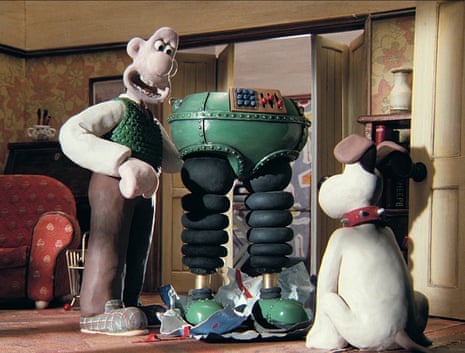Smart trousers with artificial muscles have the potential to improve the lives of people with mobility problems, say researchers.
Inspired by the Wallace and Gromit clay animation The Wrong Trousers, the garb has been dubbed “the right trousers”.
Jonathan Rossiter, a professor of robotics at the University of Bristol who is leading the project, demonstrated components of the trousers at the British Science Festival, taking place in Hull this week. He believes that wearable technologies will not only assist people with mobility problems with daily tasks, but could also be useful for rehabilitation.

“We have developed lightweight bubble artificial muscles, which could help people to stand up or to lift objects,” Rossiter said. He said a key advantage of these kinds of wearable technologies is that they provide assistance while allowing people to continue using their own muscles. “We certainly don’t want people to get weaker,” he said. “We want a balance between assistance and a rehabilitative device.
“The artificial muscles are not yet brain-controllable but rather work by measuring the muscle activity of the limbs.”
Other technologies being developed by the team include a wearable pad that can stimulate muscles through the skin and a thermosensitive knee brace. The knee brace, made of graphene, responds to changes in muscle temperature by becoming rigid when cooled and soft when warmed.
“When someone is standing still, the temperature will be cooler and the material will stiffen to offer support to the knee,” said Rossiter. “When that individual starts moving, their muscles will warm up and the material will soften and become more flexible to allow them to walk easily.
“With an ageing population, we want to be able to maintain people’s mobility for as long as possible,” he added. Wearable technologies like these will also benefit people rehabilitating from strokes.
The team are using information gathered during a focus group to design trousers that are practical and allow for easy dressing. They have even developed trousers that fall down with the press of a button, to make it easier for people to go to the lavatory.
The smart trousers are still in development, but Rossiter said many of the components, such as artificial muscles, are ready for testing on people. “We are all going to need smart clothing to help us be mobile for longer,” he said. “It is easy to see how these will become ubiquitous in the near future.”
